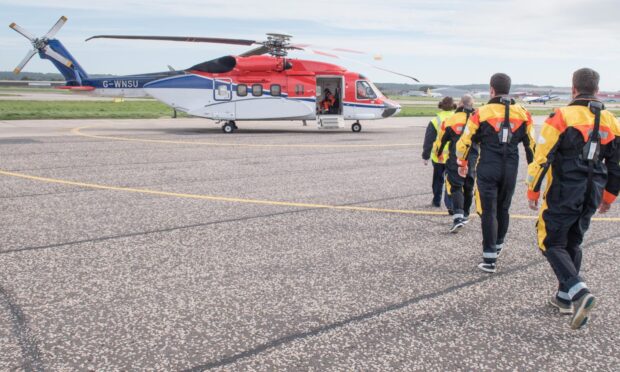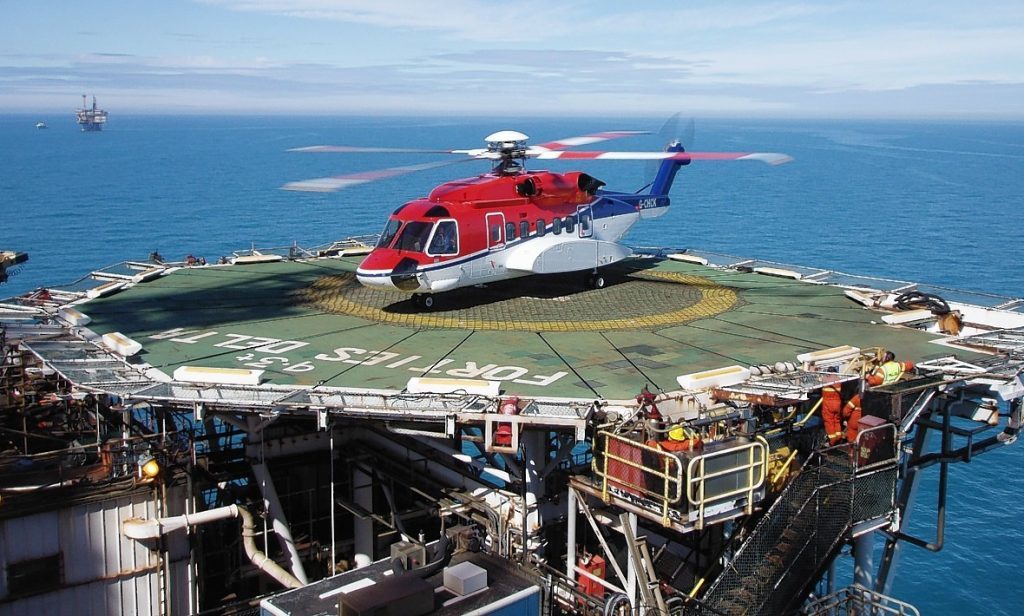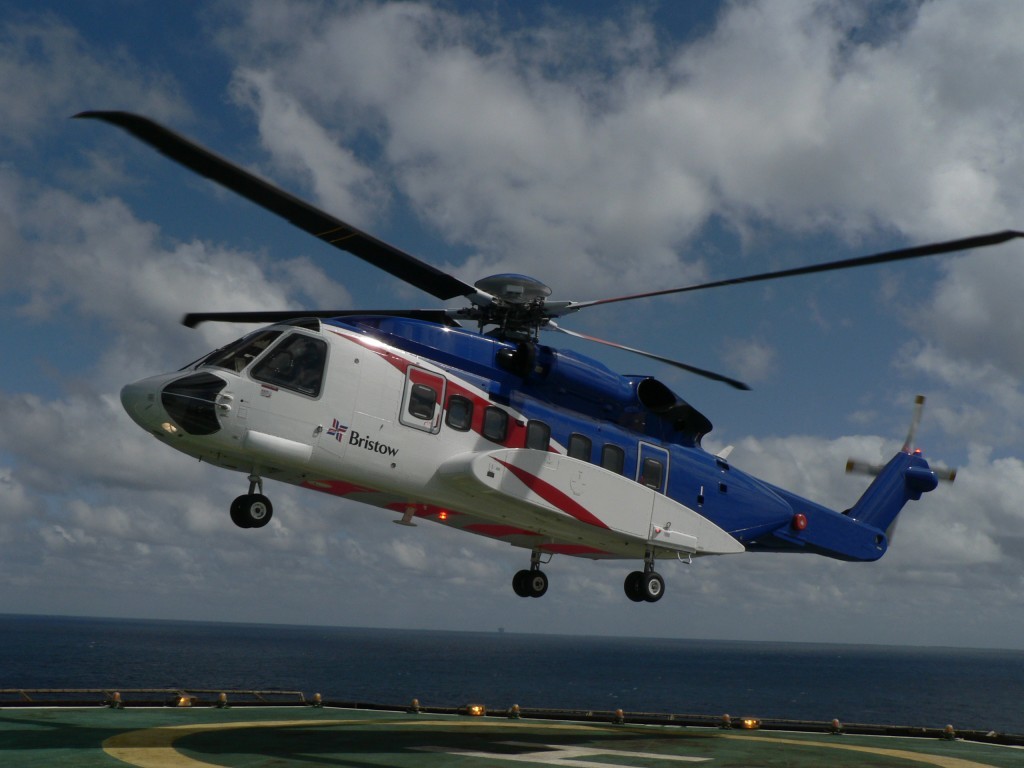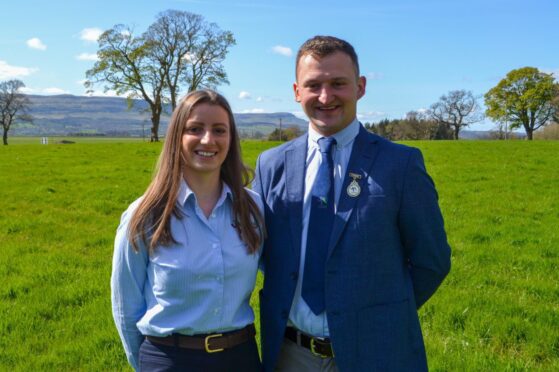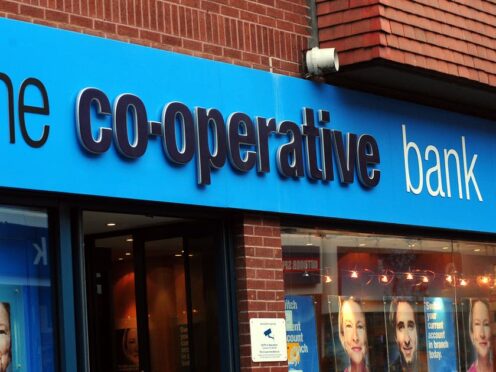A spare parts shortage affecting helicopter operators in the North Sea is an operational issue, not a safety one, analysts and the regulator have insisted.
The International Association of Oil and Gas Producers (IOGP) recently told members a “serious and deteriorating supply chain situation” was presenting safety issues for S-92 offshore helicopters.
The S-92 is the dominant helicopter type in the UK North Sea following the phase-out of the Super Puma during the 2010s.
Growing number of S-92 helicopters being grounded
A total of 31 S-92s are currently grounded globally as they await gearbox replacements.
There are fears this figure could double by the end of next year.
IOGP said instances of components being moved from one aircraft to another to keep some in working order had increased by between 50% and 106%.
Industry body Offshore Energies UK (OEUK) said the issue was “concerning” but insisted logistics, rather than safety, will most likely be impacted in the North Sea.
Spare parts issue affecting North Sea helicopters
Steve Robertson, a director at research and consulting firm Air and Sea Analytics, said the parts shortage had affected helicopter operators in the North Sea throughout 2023.
He added: “At the most extreme it has meant that some operators were not able to fly their intended programme, leaving end-users having to secure ad-hoc capacity elsewhere.
“As aircraft go into periodic base maintenance it has been necessary to take parts from one aircraft to keep others flying – which creates a knock-on effect of delays in maintenance and more work for engineers.”
Companies can choose to either operate a larger fleet to maintain the same service levels or switch to different aircraft types,
The makeup of North Sea helicopter fleets based in Aberdeen has changed this year, Mr Robertson said.
He added: “What we are seeing in Aberdeen is a smaller fleet of S-92s and a move towards ‘super-medium’ types, notably the Airbus H175.
“CHC has moved additional H175s into Aberdeen in recent months and we expect more units to follow over the winter.”
CHC was contacted for comment.
Spares shortages “not necessarily” a safety issue
In response to questions from Energy Voice, sister website to The Press and Journal, a spokesperson from the Civil Aviation Authority said: “Spares shortages are not necessarily a safety issue.
“Aircraft are able to operate with limited amounts of functionality and this is very closely managed.
“Beyond that, the aircraft would be grounded – which would be an operational impact but not a safety one.
“We oversee the operators to ensure they follow their approved procedures and do not go beyond what is permitted.”
The spokesperson added supply chain challenges were widespread across all industry sectors.
OEUK HSE and operations director Mark Wilson said: “The current supply chain issues.. are concerning and need to be addressed in the most efficient way possible.
“However, we know the likely impact is on the logistics and unavailability of aircraft, rather than on safety.
“OEUK is engaged with aviation safety groups and communicating regularly on the issue, and is continuing to work with industry to minimise impact.”
